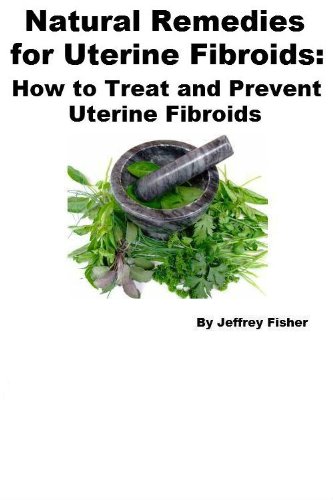Natural Remedies to Get Rid of Uterine Fibroids

Uterine fibroid locations are the main cause of pain and discomfort for many women
The fibroid areas are the places where the tumors grow. There are actually three main types of uterine fibroid growths. Intramural, submucous and subserosal grow in the peritoneum.
Subserosal or submucous fibroid growths bulge into the abdominal cavity. Some submucous or subserosal fibroid growths can also be called "pedunculated" – hanging from a stalk in or near the abdominal cavity. These types have been linked to several different types of cancer. While they do not typically lead to symptoms, they still cause a great deal of pain. In fact, some women have had to undergo surgery because of them. This type of fibroid has been found to be much more dangerous than others.
The third type is called a serous fibroid, and it grows in the lining of the uterus. When these tumors rupture or grow in size, they may cause symptoms that vary from one woman to another.
One of the most common symptoms is cramping, especially when you are on your period, as these uterine fibroid growths may form when a woman is on her period. Other symptoms include vaginal bleeding, nausea and vomiting, and even weight loss. These symptoms are more common when the growths are in the subserosal area.
The best way to treat uterine fibroids is to have them removed. However, not every cyst that ruptures will need to be removed because some cysts are simply too large to even reach the uterus by surgery.
There are some common medications that can be taken to shrink the size of your uterine fibroid growth. These medicines include drugs used to reduce blood clotting, antithrombotic drugs, and antibiotics. It may also help to use a cream that contains salicylic acid on the cysts. to shrink the tissue surrounding them.

In addition to medicines, you can take hormonal pills as well
The type of hormone that is most effective is estrogen. This is also a commonly used treatment for fibroid growths. Although this method has proven effective, it can also cause some side effects, such as an increase in breast enlargement.
Uterine fibroid surgery is not recommended because it is expensive and there is always the risk of scarring. Some women are able to remove the fibroid and prevent the growth from ever coming back. In addition, some of the drugs used to shrink fibroid growths can also have side effects. Your doctor should be able to determine if the surgery is right for you.
If your fibroid growths are large enough, you may want to consider natural remedies. There are foods that can help shrink the tissue surrounding the fibroids. A diet that is high in folic acid, vitamin C, zinc, and antioxidants can help to shrink the growth.
Herbs can also help, as can drinking allot of water. Drinking more than eight glasses a day helps to detoxify the body.
In order to shrink your uterine fibroid growths, you will need to make changes to your lifestyle. For example, eating a diet rich in calcium will help prevent calcium absorption through the skin. In addition, you may need to exercise regularly to prevent estrogen from building up. forming again.
Another way to naturally shrink your uterine fibroid growths is by using a natural remedy that involves changing your diet. This includes eating a diet that is high in calcium. You can also find an all-natural supplement that helps in the prevention of any future cysts from forming.
You may even want to look for natural ways to treat uterine fibroids that do not involve surgery. Natural remedies can be found in books, magazines, and even online that can provide you with a comprehensive plan of action to help you shrink fibroids. You will learn about the different methods that are available and how they can be used safely to reduce and even eliminate them.